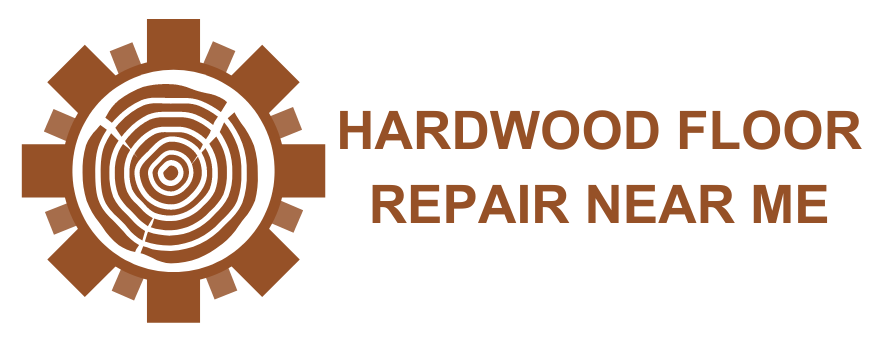Hardwood floors are beautiful, long-lasting, and add value to any home—but they’re not immune to damage. Whether it’s a deep scratch, water stain, or a loose board, hardwood floor problems are common in older homes and high-traffic areas.
In this guide, we’ll walk you through common issues and how you can repair them yourself—or know when to call in a pro.
Common Hardwood Floor Issues (and What Causes Them)
Before jumping into repairs, it helps to understand the most frequent problems:
- Scratches & Scuffs: Caused by furniture, pets, or grit on shoes.
- Water Damage: Spills or leaks that lead to discoloration or warped boards.
- Cupping: Edges of boards curl upward, usually from moisture.
- Buckling: Boards lift completely off the subfloor—often after a flood or poor installation.
- Gaps Between Boards: Seasonal changes can cause boards to expand and contract.
- Squeaky Floors: Often due to loose nails or subfloor movement.
DIY Hardwood Floor Repairs: What You Can Do
Here are some simple repairs you can do yourself, depending on the type and extent of the damage.
1. Fixing Light Scratches
- Clean the area with a soft cloth and hardwood cleaner.
- Apply a hardwood floor touch-up marker or blending pencil.
- For deeper scratches, use wood filler and sand gently before sealing.
2. Repairing Water Stains
- Light stains may be removed with vinegar or hydrogen peroxide.
- For darker stains, sanding and refinishing the area may be necessary.
3. Cupping or Buckling
- Identify and fix the source of moisture.
- Allow the wood to dry naturally (may take weeks).
- Severe cases may require replacing affected boards.
4. Squeaky Floors
- Sprinkle talcum powder or powdered graphite between the boards to reduce friction.
- For subfloor-related issues, use finish nails or specialized squeak repair kits.
When to Call a Professional
Some damage is beyond the scope of DIY. Consider professional help if:
- The damage is widespread or involves mold.
- You’re dealing with buckled boards or structural subfloor issues.
- You plan to sand and refinish an entire room.
Preventing Future Damage
To keep your hardwood floors looking great:
- Use rugs in high-traffic areas.
- Clean regularly with a microfiber mop.
- Avoid excess water and use felt pads on furniture.
- Maintain consistent humidity in your home.
Final Thoughts
Hardwood floor repair doesn’t have to be overwhelming. With a little knowledge and the right tools, many issues can be fixed without professional help. But knowing when to tackle it yourself—and when to get help—can save you time, money, and frustration.
Whether you’re a homeowner, DIYer, or simply researching flooring care, bookmark HardwoodFloorRepairNearMe.com as your go-to resource for tips, guides, and how-tos on maintaining your hardwood floors.

